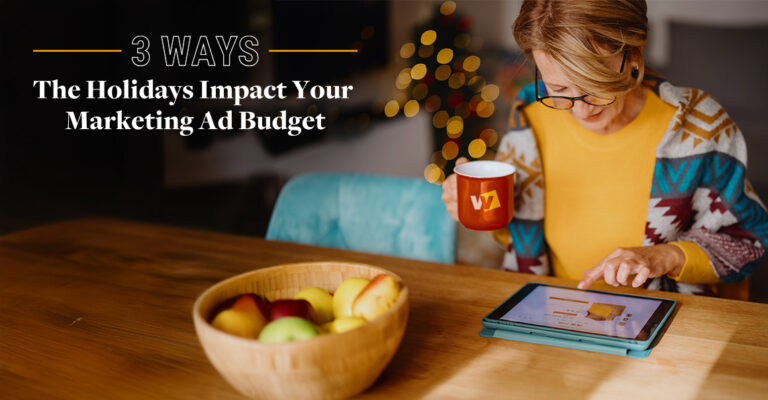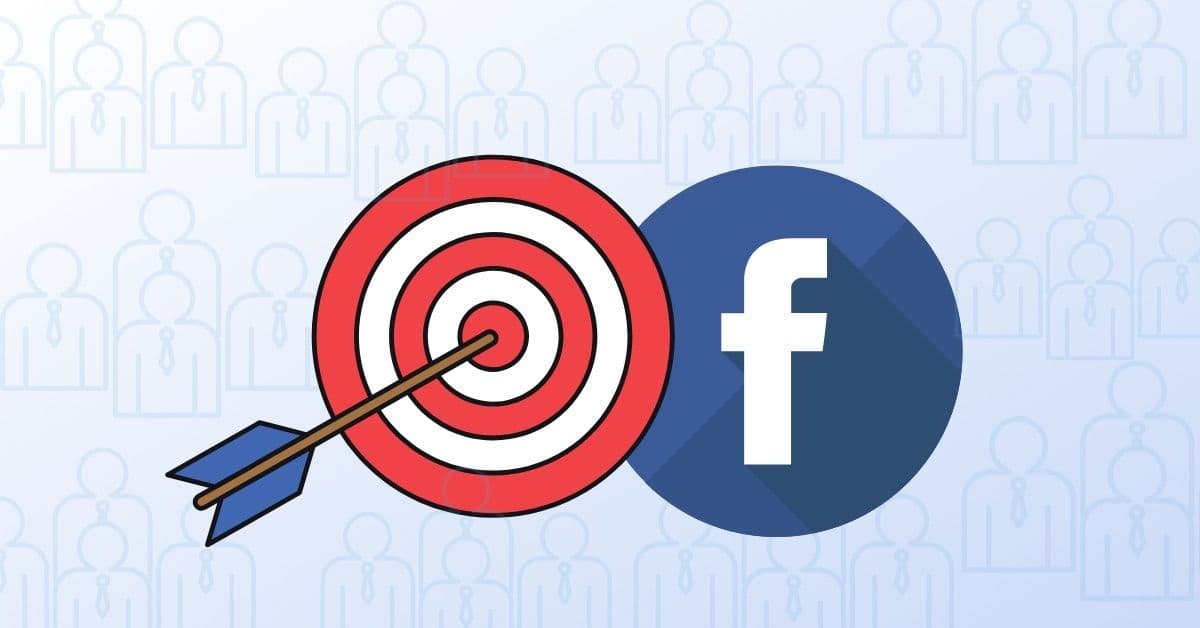
With more than 2.6 billion monthly active users, Facebook’s platform is considered to be one of the top online advertising channels of the digital era. Let’s let that sink in for a second. That’s right, Facebook has a user base larger than China’s population!
Given the sheer size of the audience, there’s no doubt your target customer is on there — it’s just a matter of targeting them with precision.
Sophisticated targeting, impressive returns, and costs much lower than other inbound marketing strategies make paid Facebook advertising a no brainer for brands large and small. (To be clear, we’re referring to paid ads that are created through Facebook’s Business Manager platform – different from posts that are simply boosted from your page.)
That being said, let’s review the dos and don’ts of paid Facebook ad targeting in 2020:
Dos
- Understand Your Audience
- Build Custom Audiences
- Utilize Lookalike Audiences
- A/B Test
- Get Creative with Detailed Targeting
Don’ts
- Put Your Campaign on Auto-Pilot
- Be Too Specific or Too Broad
Now, let’s take a deeper dive into each of these:
Do: Understand Your Audience
First things first, research your target audience before you begin building your Facebook ad campaign. What are their interests? What are their online habits? Understanding your audience allows you to develop effective ad campaigns relevant to your end consumer without wasting money on those less likely to spend with you.
Do: Build Custom Audiences
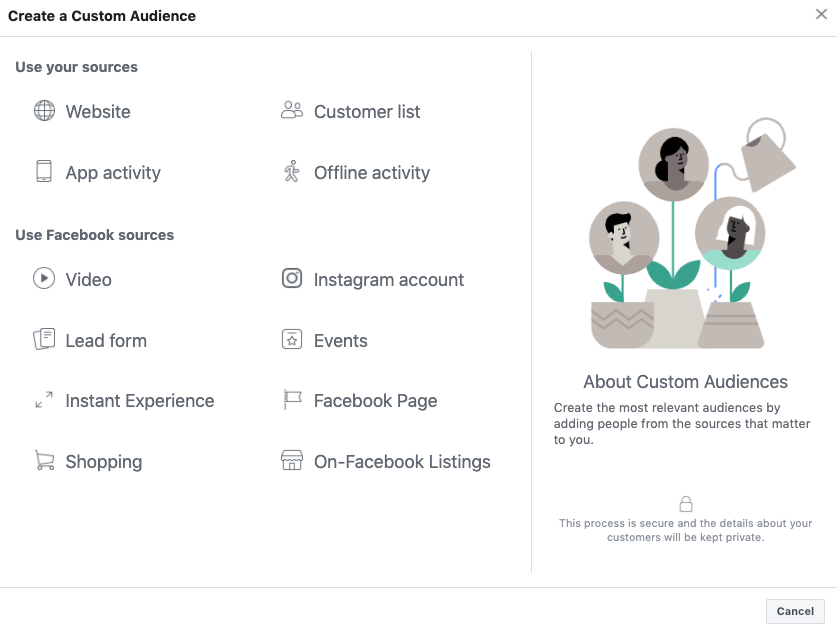
Let’s talk about custom audiences! These highly-defined groups are people you already have some degree of a relationship with, such as past customers or website visitors. Even better, custom audiences can be used to create lookalike audiences, but we’ll get to that in a second. Here are a few ways we use custom audiences to maximize ROI:
- Customer Lists
Have a list of customers or newsletter subscribers? Perfect! These lists are a great way to let Facebook know about your existing relationship that may not be recorded through engagement on Facebook or using the Facebook Pixel. By uploading a list, Facebook is able to match user profiles while still keeping specific customer data private.
- Website Activity
Using Facebook’s pixel (a piece of code placed on your website to collect user data), you can serve ads to people who have already visited your website. We typically refer to these as remarketing ads. Create a custom audience that targets all website visitors, only those who visited specific pages, or those who may have spent a certain amount of time on your site. You can even establish a time frame for how far back you’d like to go. Target your most recent visitors or those from 6 months ago.
- Offline Activity
Create custom audiences based on offline activities such as store visits, calls, and other offline channels. You will need to first establish your offline event either though list upload or API integration in Facebook’s Events Manager. Many CRM’s and PoS systems integrate with the audience dashboard to make things easier. By placing your brand in front of potential customers already aware of your business, your reach and engagement will grow online as well.
- App Activity
Upon registering your app and setting up the SDK (software development kit), you’re able to create a custom audience based on those who have interacted with your application. It’s a great way to target those who have downloaded your app but might not be utilizing it yet or those who’ve made in-app purchases. You may need to help from your app developer on this one!
 Do: Utilize Lookalike Audiences
Do: Utilize Lookalike Audiences
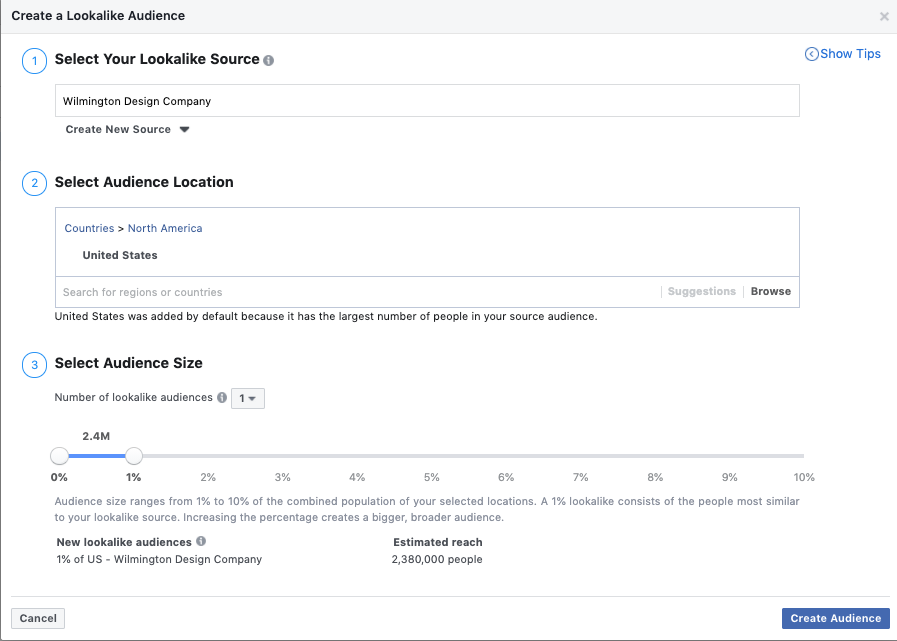
Lookalike audiences are a great tool to scale campaigns and find potential customers similar to your existing patrons. Facebook’s machine learning audience algorithm is impressive (scarily so sometimes). Using this fascinating technology, Facebook lookalike audiences find commonalities in user behavior, interests, and traits, creating high-quality groups of people similar to your target audience.
Create a lookalike audience based on your recent website visitors, catalog sales, existing customer lists, people who like your page, and so on. You can even determine how closely you’d like to match the audiences using a 1-10 percentile range. 1% is the closest match, while 10% is a bigger, broader audience.

Do A/B Test
A/B testing is a must. One more time for the people in the back! Seriously, it’s your best friend and the key to refining your audience and understanding what works and what doesn’t. To effectively A/B test, it’s important to only change one variable at a time to gain a clear picture of your experiment results. For example, one ad set may target expecting mothers and the other may target followers of Today’s Parent magazine—with ad creative and all other variables remaining constant.
Get Creative with Detailed Targeting
Beyond geographic, age, and gender targeting, get creative with interest, behavior, and demographic targeting options offered by Facebook. Explore life events, relationship status, income percentile, hobbies, digital activities, and more. You can even exclude people to ensure your audience is dialed in.
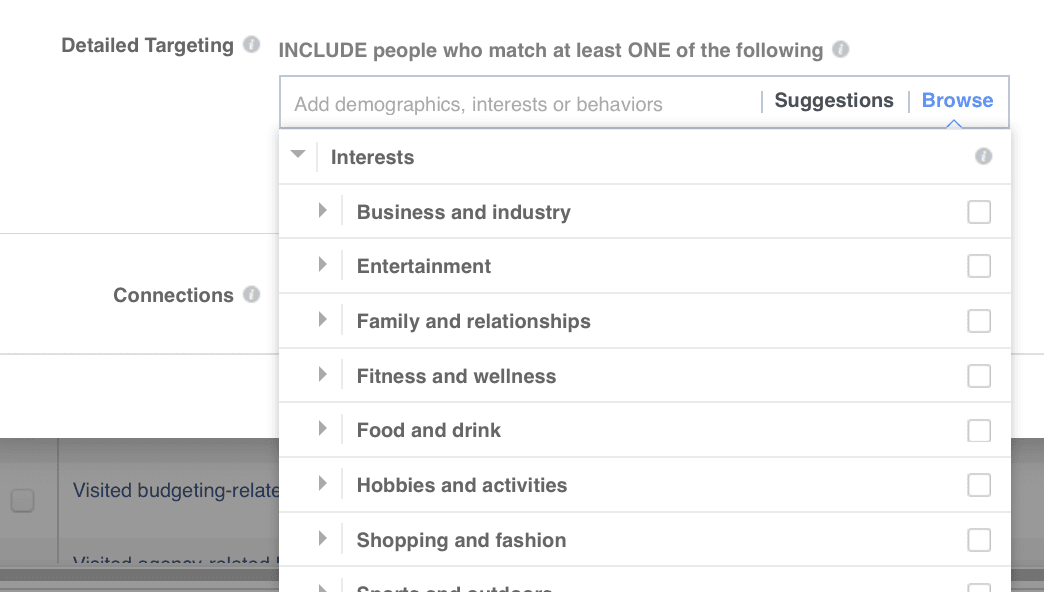
Pro Tip: Be sure to keep an eye on the audience definition meter to gauge the size and refinement of your audience.
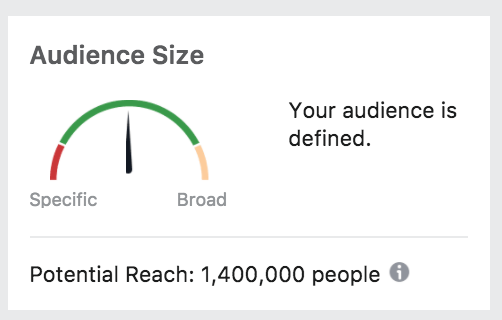

Don’t: Put Your Campaign on Auto-Pilot
A set it and forget it mentality doesn’t yield quality results. Over time, stagnant ad campaigns experience fatigue resulting in decreased impressions and clicks, and an increase in cost-per-click, reducing the effectiveness of your marketing budget. Once your campaign is created, that doesn’t mean your work is over— it all goes back to A/B testing and how refined you’d like to be with your audience targeting.
Don’t: Be Too Specific or Too Broad
When building your audience, you want to aim for the so-called “sweet spot”. Narrow your audience too much and your campaign may not earn any impressions. Expand your audience too broadly and you will waste money on those outside your targeted audience.

Interested in running paid Facebook ads for your business? Sick of seeing your brand’s same tired ads in your news feed? Unsure if your target audience is even on Facebook?
Our digital marketing team are experts in social media advertising and here to develop results-driven Facebook and Instagram ad campaigns for your growing business. Get in touch with us for a free social media advertising review!

